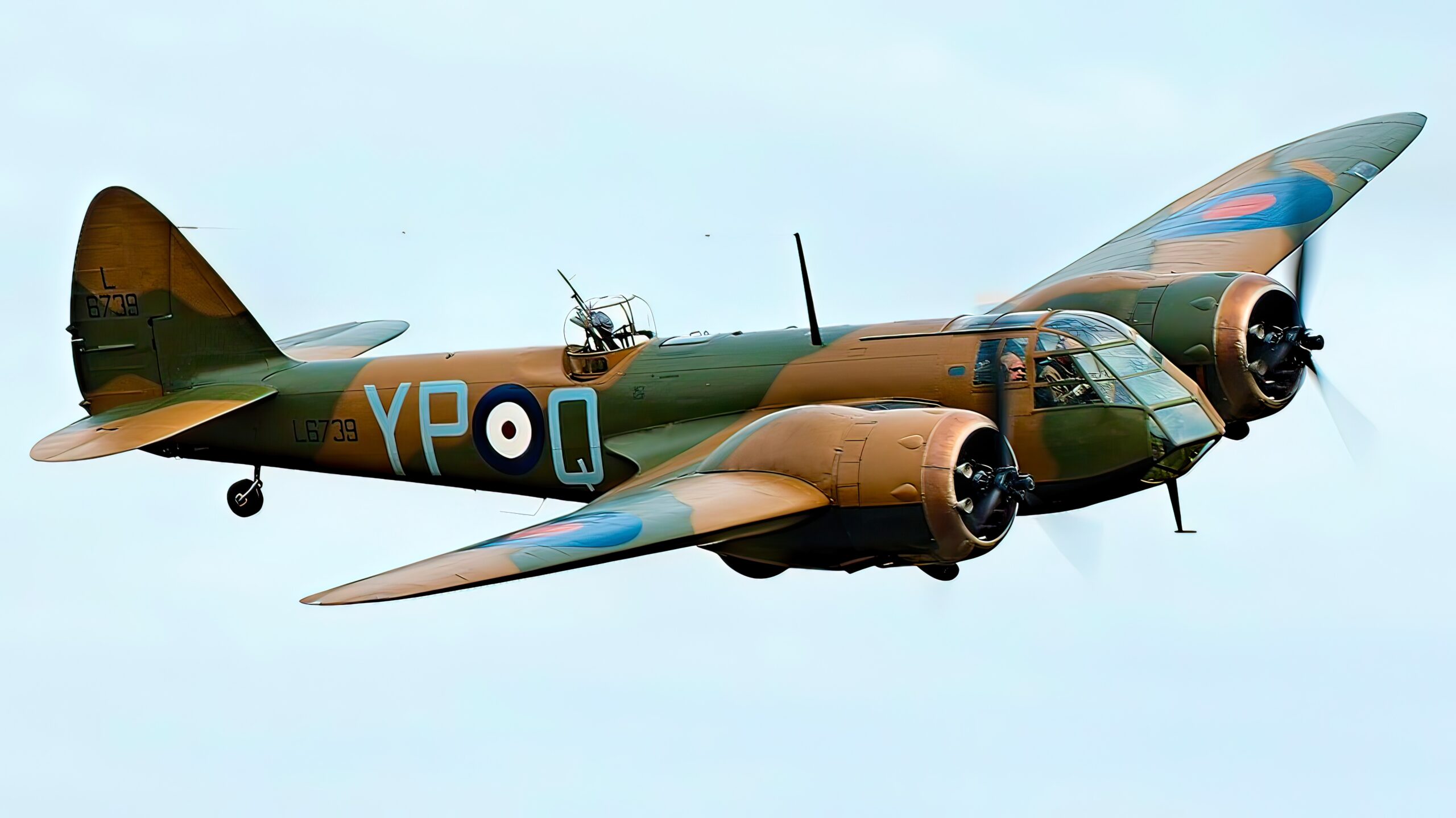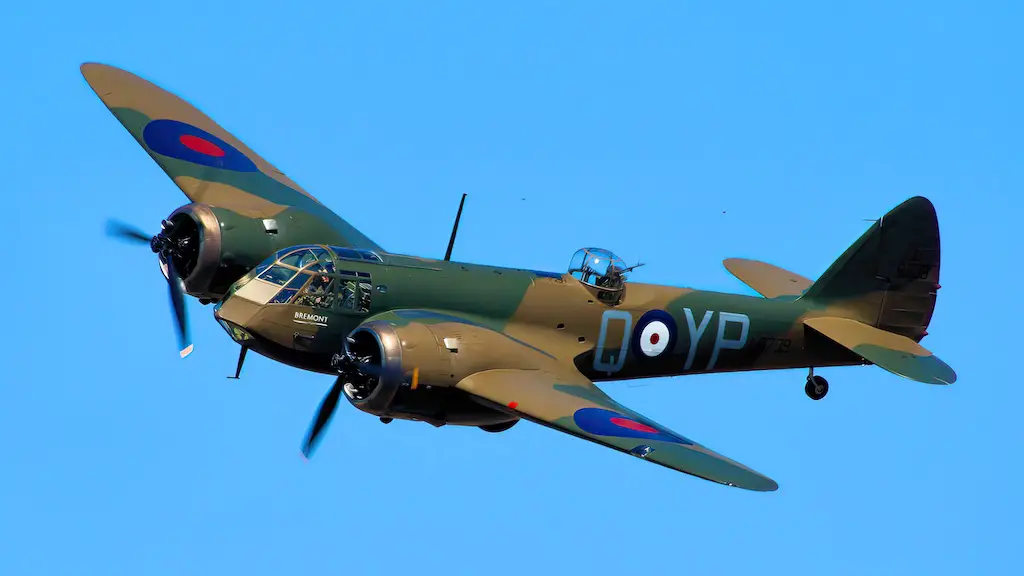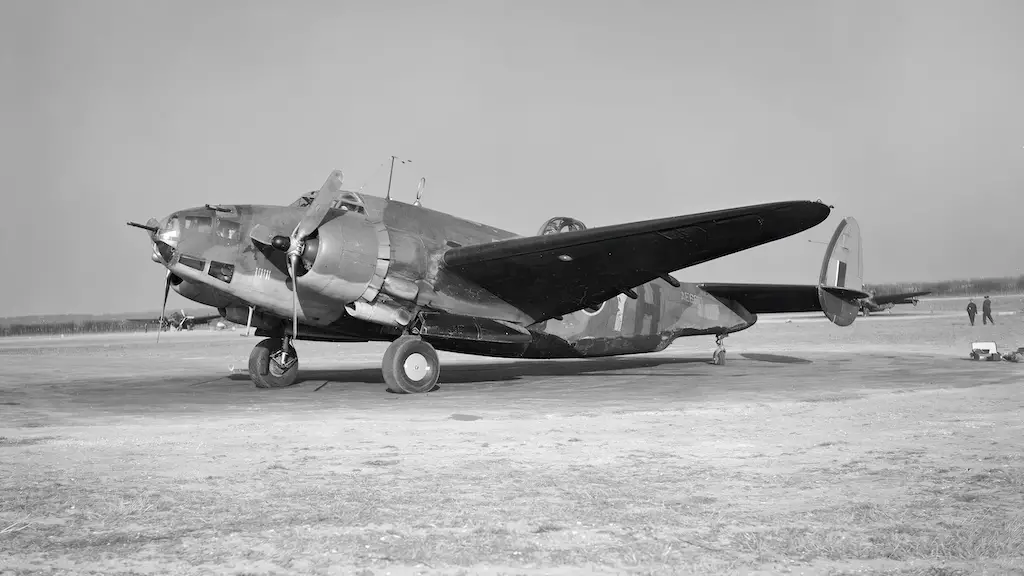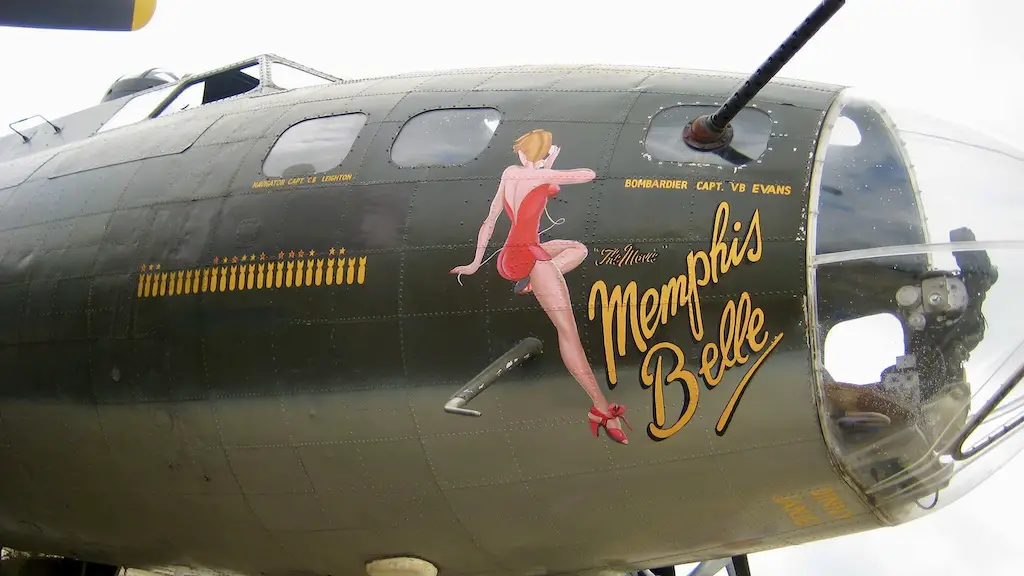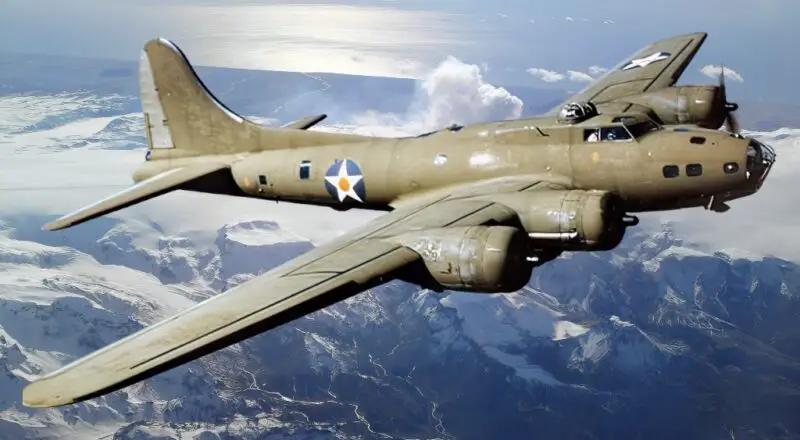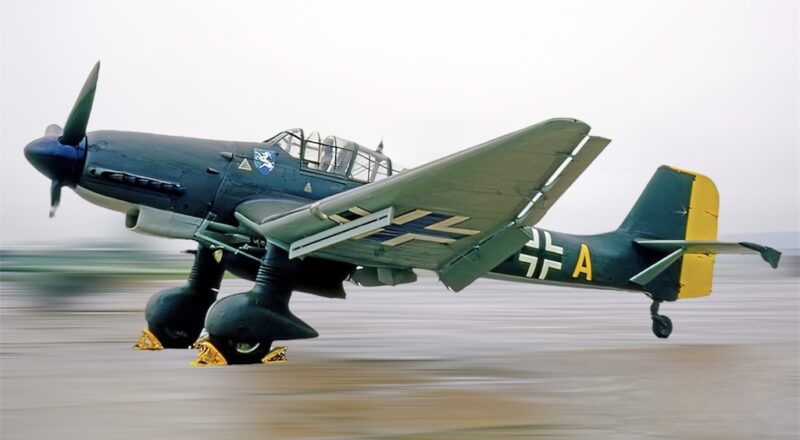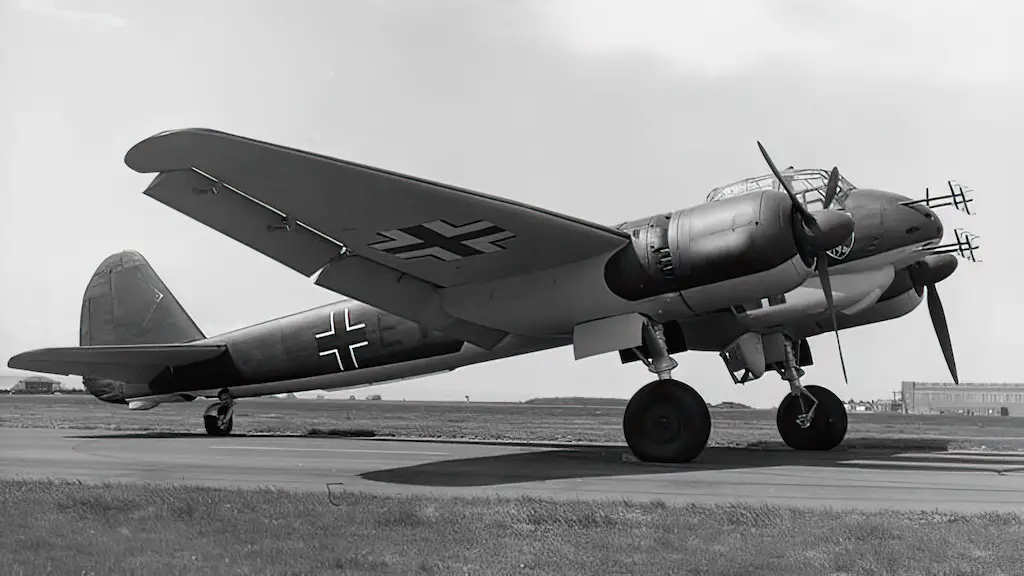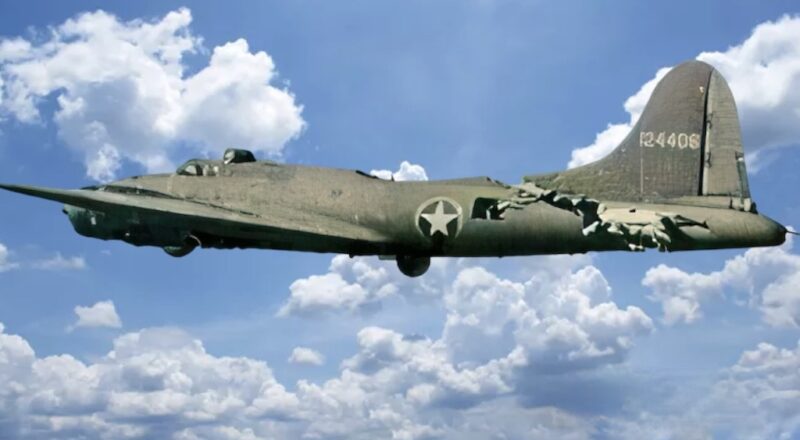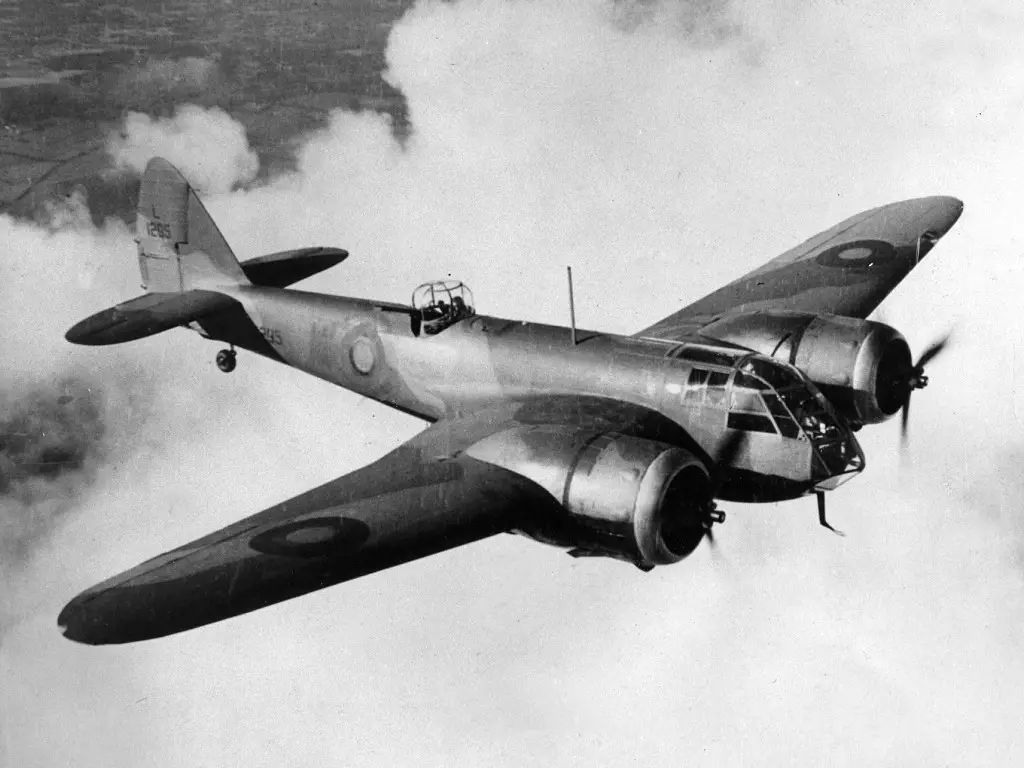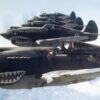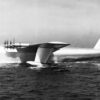The Origin of the Bristol Blenheim
They say every legend has an origin, and the Bristol Blenheim’s is an intriguing saga. Emerging from the determined mind of Frank Barnwell, chief designer at Bristol Aeroplane Company, the Blenheim’s journey began in the mid-1930s.
What began as a commercial endeavor for a “luxury airliner,” the Type 142, soon caught the attention of the Air Ministry. The Type 142 was faster than any RAF fighter at the time. The Air Ministry saw its potential and commissioned a modified version for the military. The Bristol Blenheim, named after the Duke of Marlborough’s ancestral home, was born.

Its Engine
The engine is the heart of any aircraft, and the Blenheim was no different. The Bristol Mercury VIII radial engines were the pistons that drove this beast, each one boasting 860 horsepower. These nine-cylinder, air-cooled engines were a marvel of their time, providing the Blenheim with a top speed of over 260 mph.
Despite their impressive performance, the Mercury VIII engines did have a few shortcomings. They were known for overheating, requiring constant care and attention from the crew. Nonetheless, these engines were the lifeblood of the Blenheim, enabling it to carry out its duties with distinction.
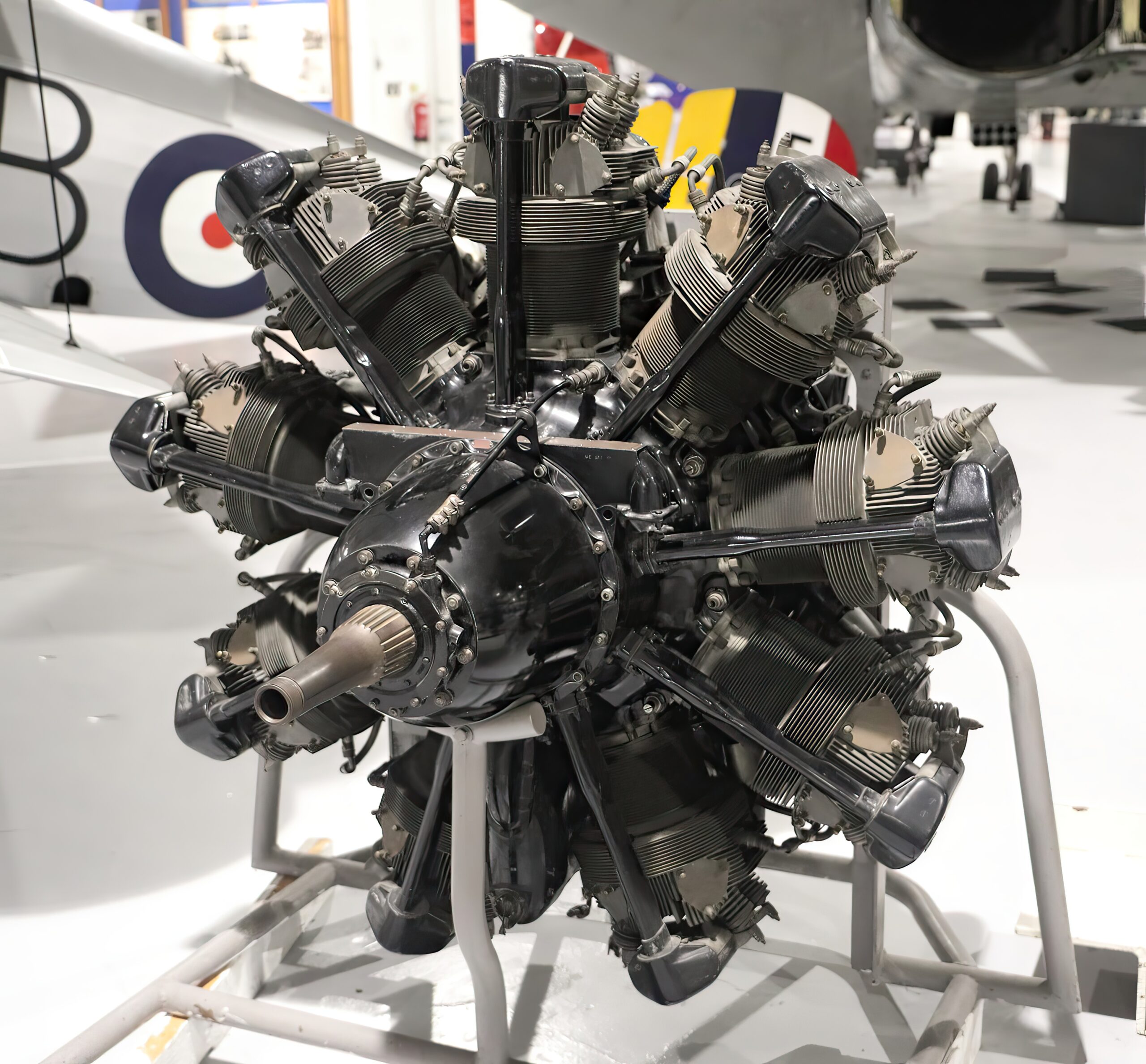
To Battle and Beyond
From reconnaissance to bombing missions, the Blenheim performed with versatile grace. It took to the skies for the first time in 1936 and swiftly became a cornerstone of the RAF during WWII.
The Blenheim’s most notorious use was in the role of a light bomber. It was a part of many critical missions, including the attempted destruction of German invasion barges in the Battle of Britain. A purpose-built variant, the Blenheim IVF, even served as a night fighter. However, despite its extensive operational use, the Blenheim had its fair share of challenges in combat.
Taming the Beast
In the realm of aviation, the Bristol Blenheim was a pioneer, daring to push boundaries. Yet, with such ambitions came certain complexities. Pilots often remarked on its stubborn handling. The aircraft had a reputation for being a beast to control, with weighty controls and challenging landings that demanded the utmost skill.
This aircraft proved a daunting taskmaster in adverse weather, its performance faltering when skies turned grim. Its lackluster climb rate too often left it struggling to reach the heights it so desired.
The Blenheim’s vulnerability was another point of contention. Its light frame, built for speed rather than durability, lacked robust armor, making it susceptible to enemy attacks. As the flames of WW2 ignited, the Blenheim found itself increasingly outpaced by newer and swifter German fighters, its once-impressive speed now less formidable.
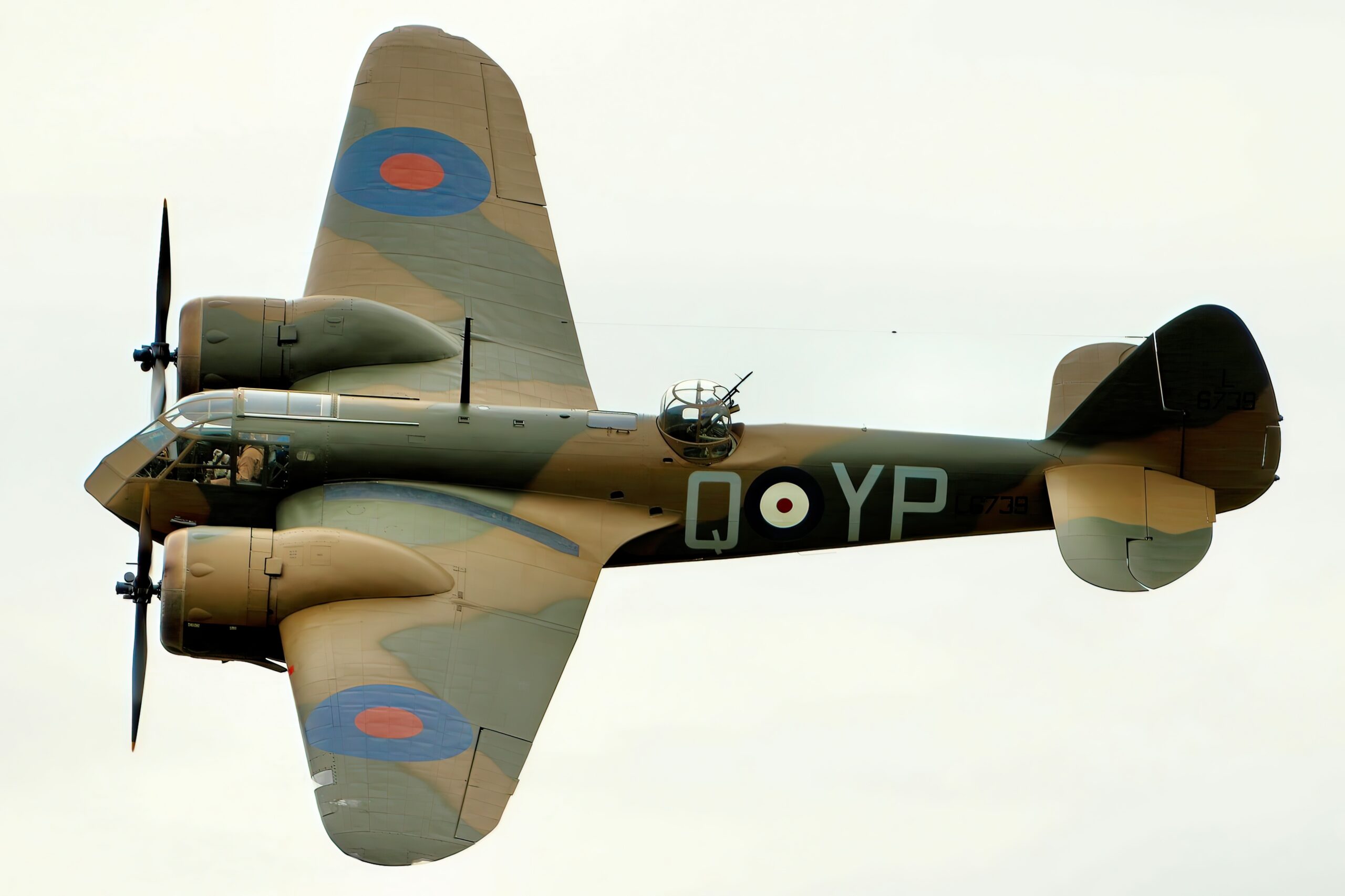
A Legacy Etched in Sky
These shortcomings, however, are but blemishes on an otherwise remarkable legacy. From the drawing boards of Bristol to the ravaging theaters of WWII, the Bristol Blenheim has etched its story across the sky.
Born from a vision of luxury and speed, it ended up a warbird, the herald of a new era of multi-role combat aircraft. Its nimble maneuverability and versatile roles were an ode to the possibilities of aviation. Despite its trials and tribulations, the Bristol Blenheim thrived, not just survived. It encapsulates the essence of courage and determination, a testament to the spirit of its time.
